You have no items in your shopping cart.
Wine Clos-de-Vougeot
-
Top Selling
-
Top Selling
-
Top Selling
- -11%
The Clos-de-Vougeot dates back to the Cistercian monks
The viticultural history of Vougeot begins with the installation of Cistercian monks. These monks of the Cîteaux abbey will acquire parcels of vineyard as time goes by. These acquisitions will require the construction of wine buildings and in particular a cuverie. The construction of the Clos Vougeot castle thus began in 1110. Barely a century later, a wall delimiting the clos was built. In addition to this enclosure, the monks owned vines and a quarry located near the Château.
The discovery of the Gamay, in 1349, more productive than the Pinot will encourage the winegrowers to plant this variety. In 1395, Philippe le Hardi forbade the planting of this one for fear of losing the quality of the wines that made the reputation of the duchy of Burgundy. In 1789, the date of the French Revolution, monastic property was confiscated and sold at auction. Many owners had a parcel of Clos Vougeot. This one was even established by the monks.
At the end of the 19th century, many diseases destroyed the vines, notably phylloxera, which led to the complete uprooting of the vineyard. The vineyard was rebuilt and the AOC Vougeot was recognised by the INAO in 1936 and the AOC Clos de Vougeot was introduced in 1937. The list of climates classified as premier cru was entered in 1943. Since 1934, Clos Vougeot has been the headquarters of the Confrérie des Chevaliers de Tastevin.
In 2015, the climats of Burgundy are listed as World Heritage by UNESCO.
Clos-de-Vougeot, a small appellation but a great terroir.
The commune of Vougeot is located between Dijon and Nuits Saint Georges on the Côte de Nuits. The AOC Vougeot and Vougeot premier cru which has 4 climats are planted with Chardonnay and Pinot Noir. On the other hand, Clos Vougeot is a single vineyard grand cru, with Pinot Noir being the sole grape variety. The vineyard is located on the hillside with a sunny exposure.
The bedrock is Comblanchien limestone. On the upper slopes, the soil is limestone, stony and shallow. Whereas that of the foothills is clayey and deep. The soil of the "Clos de la Perrière" located on the former quarry shows outcrops of the parent rock.
The Clos Vougeot located in the foothills, has a 10m drop. At the top of the vineyard, at an altitude of 255 m, the soil is a limestone slab on which lies a shallow gravelly soil. In the middle of the clos, the structure has numerous faults that give rise to complex structures. The soil is clayey with limestone pebbles. On the lower part of the clos, at an altitude of 240 m, the subsoil is marly covered with clay and silt.
The cool oceanic climate is subject to southern and continental influences which bring more marked temperatures. The Morvan massif and the plateau of the high coasts shelter the vineyards of the Gold Coast and give them a thermal advantage and less rainfall.
How to enjoy a Clos-de-Vougeot
The red wines of Vougeot have a dark purple colour. The nose gives aromas of small red fruits such as cherry, blackcurrant complemented by floral notes such as violet. The tertiary aromas develop with ageing and bring notes of undergrowth, truffle and a slight animal side. The mouthfeel is straightforward, with a slight fatness balanced by the acidity. The tannins are marked but delicate.
The white wines have a pale gold colour with green highlights. The nose gives off notes of white flowers such as acacia and hawthorn and mineral notes that complexify the nose. Ageing gives notes of candied fruit such as fig and notes of gingerbread. The palate is mineral and full-bodied.
The Clos Vougeot is certainly in one piece, but these 50 ha are divided between 77 owners which gives very different wines for which we find common denominators. The colour is raspberry red. The nose gives floral notes of rose, violet and fruity notes of blackberry and raspberry. Spicy notes such as liquorice and the minty side bring freshness and complexity to the wine. These long-keeping wines have an elegant, fleshy mouthfeel with good length.
What to pair a Clos-de-Vougeot with?
The delicate and tannic side supported by a nice length allows the red wines to be matched with meats such as roast lamb, game or even spicier dishes such as couscous or lacquered poultry. They go well with creamy, washed cheeses such as Reblochon or Vacherin.
White wines will go well with baked fish or fish in sauce, shellfish or sweetbreads.
Fleshy and smooth Clos Vougeot wines will go well with prime rib, lamb and game birds. Cheeses such as Epoisses, Langres, Soumaintrain and Cîteaux cheese will also suit this wine.
The domains to discover in Clos-de-Vougeot
Château de la tour:
Château de la tour, unmissable because of its location, it is the most present estate in the Clos with its 6 ha of vines. Located in the Clos, it is the only one to have the privilege of vinifying the wines of Clos Vougeot within the Clos. François Labet, owner and master of the estate, practices organic viticulture and the work in the cellar is respectful of the grapes and their origin. The wines are made from a whole harvest that brings them concentration and maturity.The Domaine de la Vougeraie:
The Domaine de la Vougeraie located in Prémeaux-Prissey is a property of the Boisset family. Biodynamic farming is practiced on the 34 ha of the estate. They have the monopoly to exploit the first growths of Vougeot: "Le Clos blanc", "Le Clos du Prieuré blanc" and "Le Clos du Prieuré rouge". They also vinify a parcel of "Clos Vougeot".The Domaine Arnoux Lachaux:
installed in Vosne-Romanée practises biodyamy on the 14.5 ha of vines that it owns on appellations all more prestigious than the others. Charles Lachaux arrived on the estate in 2012 and produces rich, delicate wines with impressive aromatic intensity. The wine-making practices are inspired by Mme Bize Leroy of whom he is an admirer.Burgundy Rosé
Burgundy-Côte-Saint-Jacques
Burgundy-Côtes-du-Couchois
Burgundy-Coulanges-la-Vineuse
Burgundy-Épineuil
Burgundy-Grand-Ordinaire
Burgundy-Hautes-Côtes-de-Beaune
Burgundy-Hautes-Côtes-de-Nuits
Burgundy-Vézelay
Crème de fruits
Criots-Bâtard-Montrachet
La Tache
Liqueur
Mâcon Supérieur
Mâcon-Bray
Mâcon-Chaintré
Mâcon-Cruzille
Mâcon-Vergisson
Mazoyères-Chambertin
Pouilly-Loché
Romanée-Saint-Vivant
Ruchottes-Chambertin
Vin de Pays de Sainte-Marie-la-Blanche
Vin de Pays des Coteaux de l'Auxois









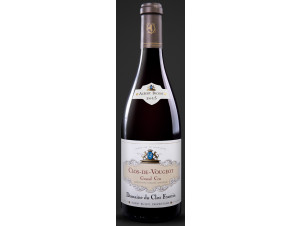




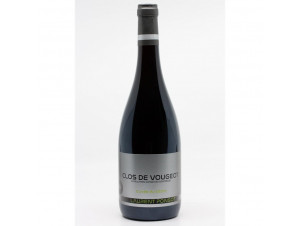
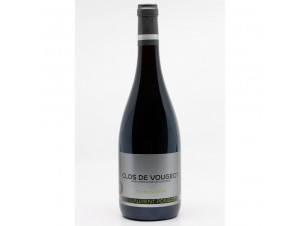
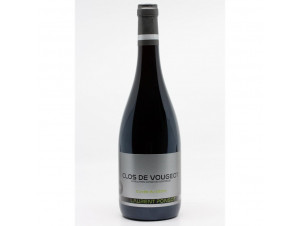
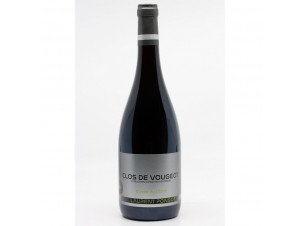






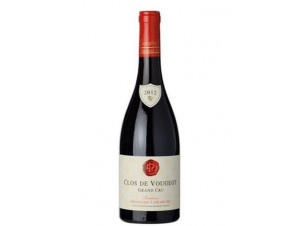
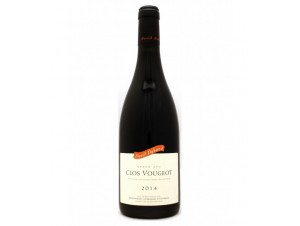





 TWIL - Achat de Vin
TWIL - Achat de Vin


